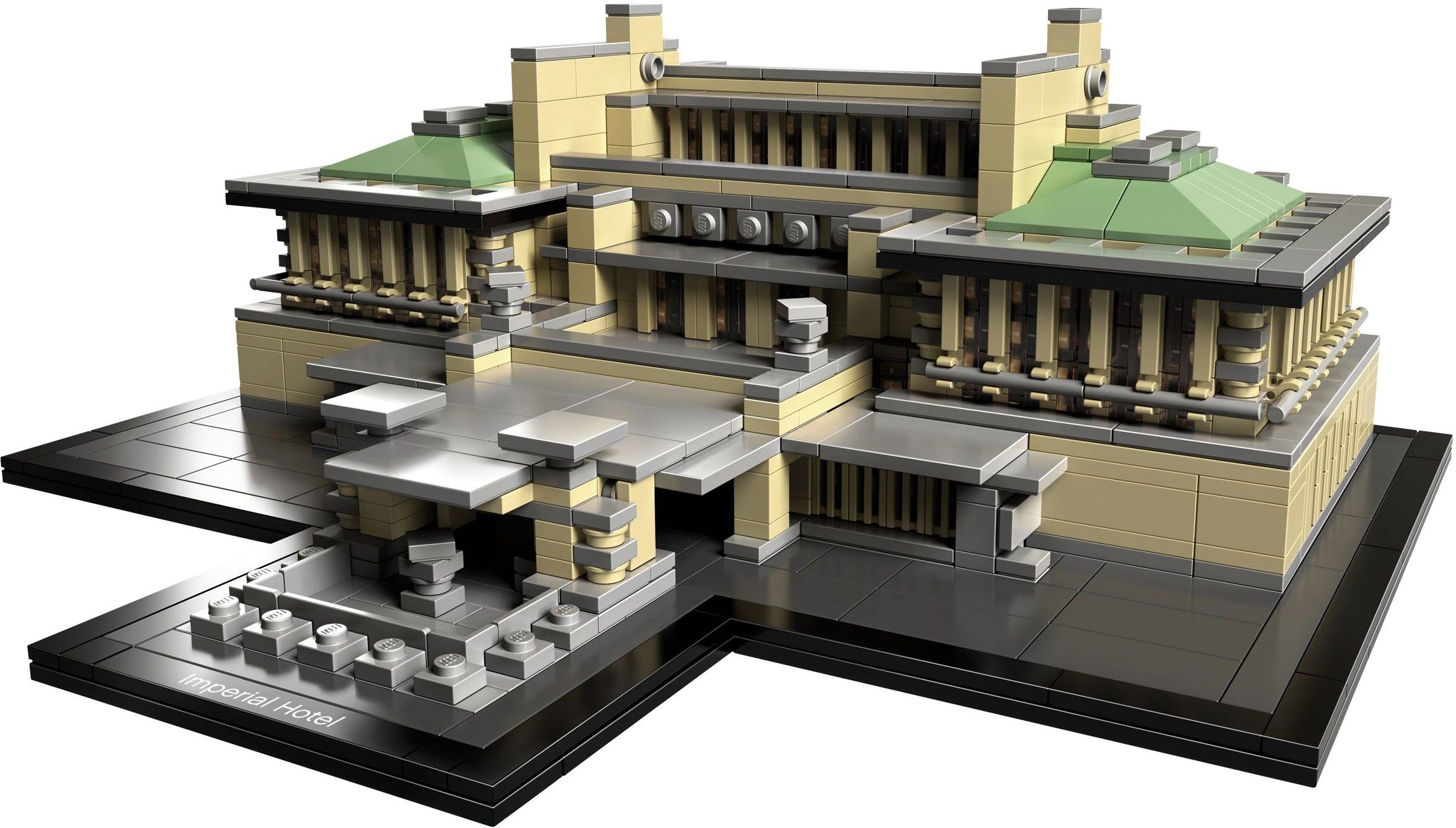
This article, and others celebrating the 60-year anniversary of the Lego Brick and 40 years of the Lego Minifigure, is found in Newsweek's Special Edition: Lego—The Toy That Changed Our Lives.
Lego Architecture is, in many ways, an inevitable part of the evolution of the Lego System in Play. Though the product line doesn't really meet the definition of a plaything, with its eye toward permanence and attention to historical detail, according to the Lego Group's Rok Kobe, the joy of Lego Architecture is still in the build. "It's certainly geared toward [being] a display model, but that doesn't mean its beauty is only skin deep," Kobe says. "It doesn't just look good as a model. Where we strive to add value to the model is during the building experience itself."
An iconic piece of architecture from New York's Art Deco heyday, the Flatiron Building is indicative of the challenges Kobe and his team face when rendering real-life structures into Lego bricks. "We stretch the boundaries of the building system a bit," he admits, relishing the challenges this stretching presents. "For example, in the Flatiron Building here, if you look at it closely, you can see that there's just one brick that is built in the 'right way' so to speak, placed on top beside the base. The rest of the building is built sideways, and with different techniques. You've got the little callouts throughout the building process that give you an opportunity to learn a fact or two about the building itself because you are spending some time with it, and in that way you are familiarizing yourself with the original as well. It gives you a chance to reminisce about a landmark or a city.
"What I try to accent is the original idea of the architect themselves. [Take] the Frank Lloyd Wright Imperial Hotel in Tokyo. Just like with the original, in which he wants to emphasize the Japanese aesthetic qualities of the building, we took that a step further in the Lego model by [accentuating things like] the perforated roofs." And just like Frank Lloyd Wright, whose designs in earthquake-prone Tokyo required the innovative and experimental to withstand possible tremors, Kobe and his team were faced with smaller-scale versions of real architectural problems, walking a tightrope between architectural design and toy design. "Frank Lloyd Wright designed for an earthquake. In our company, we have something called Model Computal Center because our set has to fulfill certain criteria, just like a real building. For example, when I'm building towers in the skylines, like Shanghai, for example, our quality control functions just as a building supervisor would in real life. I have to be careful in every step of the building construction that a tower doesn't pose a stabbing risk to a child who might fall upon it. It has to be strong enough to endure handling, so that the towers don't topple while you're moving about but at the same time fragile enough to not pose any risk to any unlucky child who might have an accident."
This article, written by Issue Editor Tim Baker, was excerpted from Newsweek's Special Edition: Lego—The Toy That Changed Our Lives. For more on the No. 1 building system in the world, pick up a copy today.

Uncommon Knowledge
Newsweek is committed to challenging conventional wisdom and finding connections in the search for common ground.
Newsweek is committed to challenging conventional wisdom and finding connections in the search for common ground.
About the writer
To read how Newsweek uses AI as a newsroom tool, Click here.








